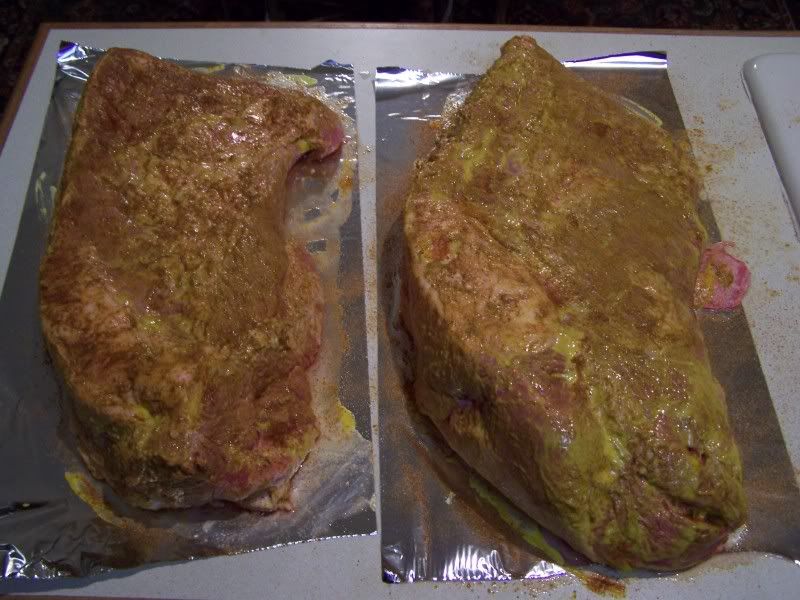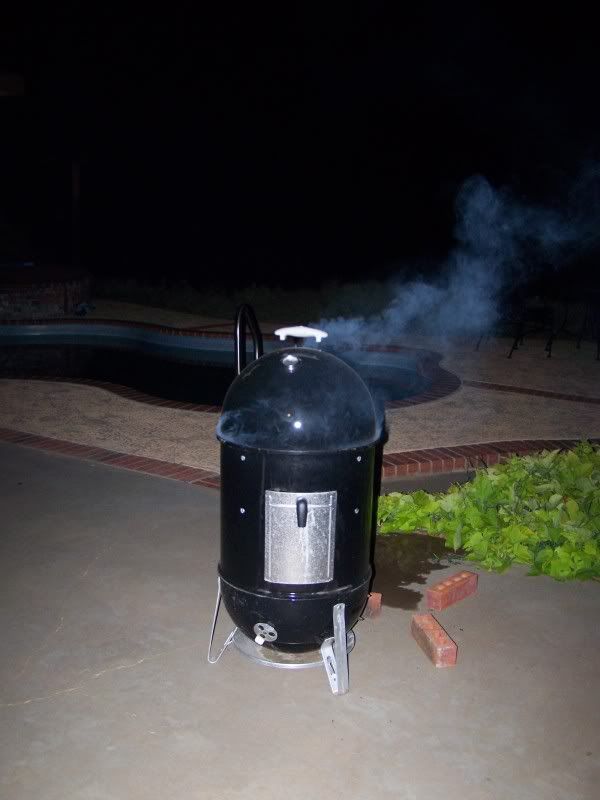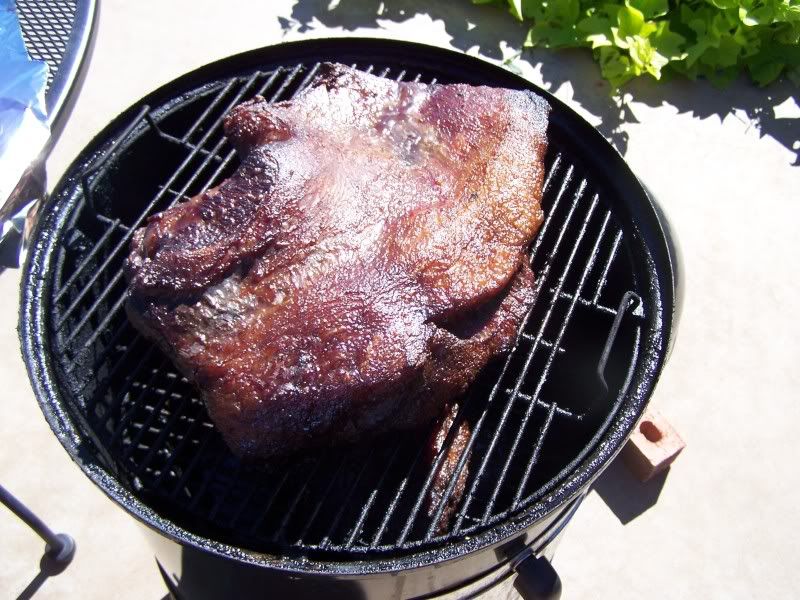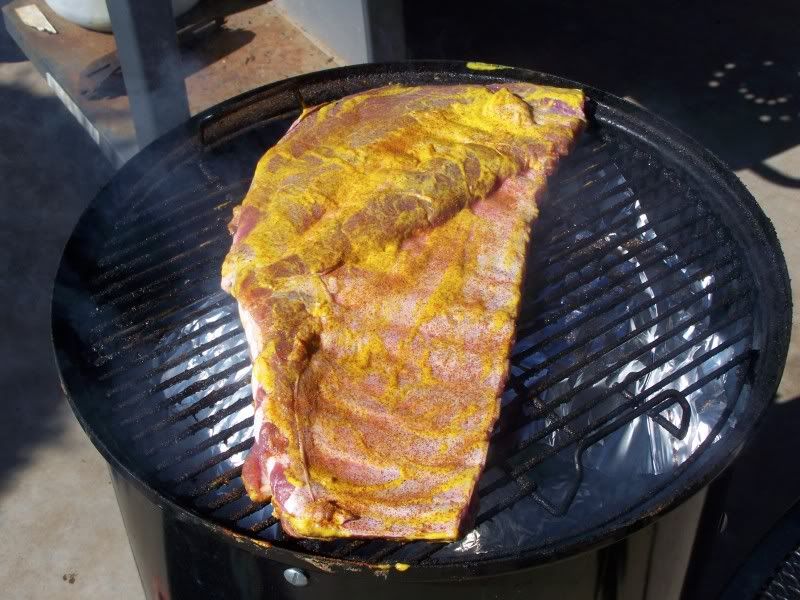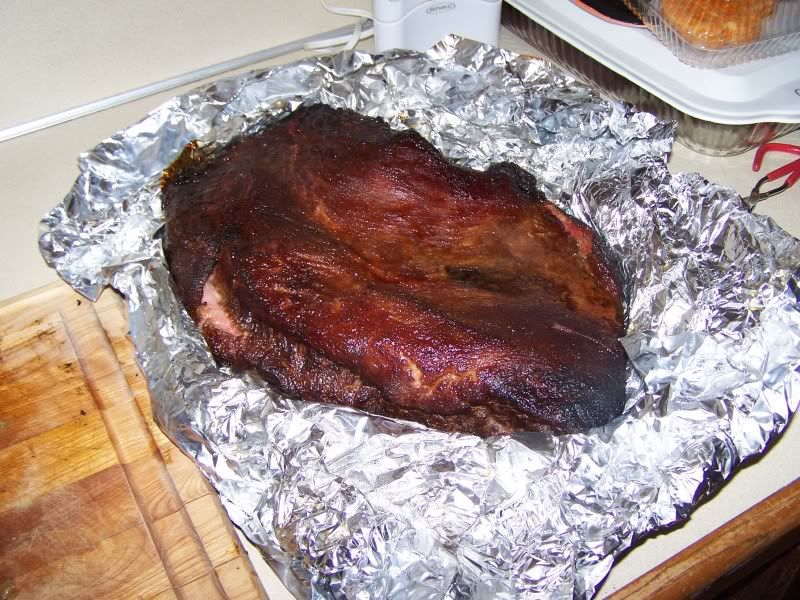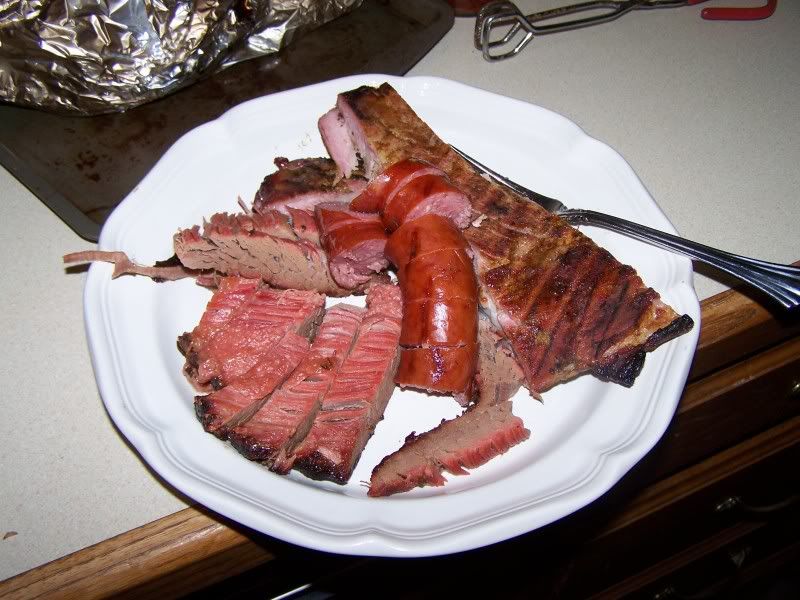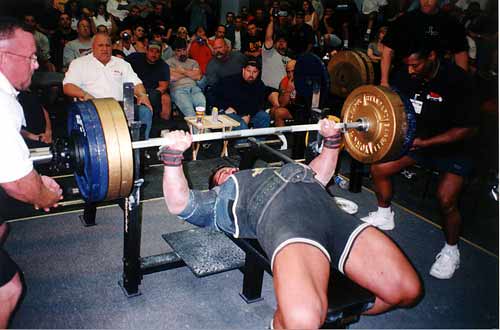“Alls ya need to do to get strong is yer knee bendin’, yer bar liftin’, and yer bar pressin’.”
We got most of everyone’s PR’s in our comments the other day. If you haven’t done that, you can post them today. However, Friday is now going to be known as PR Friday. Post the improvements you made throughout the week whether they be in weight lifted, reps, bodyweight increase, or eating PR’s. If you made some kind of improvement this week towards getting stronger or yoked, I wanna hear about it.
Note: Somebody tell Anthony from Washington state that he should have already gained 5 pounds. Also, Scott from the Inner City Gym needs to send me an e-mail (forgot to get it in Washington).
———-
The rest of the post was written by Gant.
Today’s spotlight is on Arden Cogar, Jr., a Timbersports champion and a hell of a nice guy. He has been 70’s Big since, well, pretty much the seventies. He was 14 when he squeezed himself into a size 48 jacket. As an adult, he sports a 13.5 shoe and wears a size 13 ring (which would be a collar to most 90s small guys).
Arden has been a fixture on the professional lumberjack circuit for over 30 years. If you haven’t been watching manly programming (perhaps you’re 90s small and have been watching Glee), you might have missed ESPN’s Stihl Timbersports, a series of lumberjack events that challenge competitors to chop, cut, and saw their way through white pine as fast as they can.
To date, Arden has won 47 world titles in lumberjack sports, including the U.S. Stihl Timbersports Championships three times in the past four years. He is the current Captain of the U.S. National Lumberjack Team.
He came into this the old fashioned way, through his family. His 75 year old father, himself a legend in the sport, is a retired logger who spent over 50 years in the woods. Arden Sr. instilled a work ethic in his son that sticks with him today.
In addition to his dad, his four uncles participated in Timber Sports for many years, and they passed it on to their sons. Currently, there are over 20 members of the Cogar family who are active in some facet of Timber Sports.
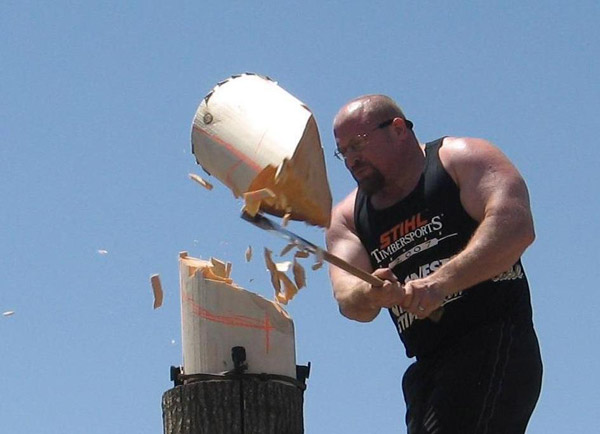
Standing Block Chop
How long have you been competing in lumberjack sports?
Last weekend I wrapped up my 31st year competing in professional lumberjack sports. I started at age 8 when my father put modified chain saws in my hands. I started chopping and sawing when I was 12. I became the youngest participant ever in ESPN’s Stihl Timbersports Series at age 17.
What is your training background?
I started lifting weights when I was 12. I competed in my first bench press contest when I was 14. I competed in my first three lift powerlifting contest when I was 17. I stopped power lifting when I realized I would have needed to turn to “the dark side” in order to remain competitive. For the next 14 years, I did “power bodybuilding” until I was introduced to Crossfit. I then started doing more “metabolic conditioning” workouts to make myself fitter and tougher. Through Crossfit I fell in love with the Olympic lifts. Through that love for the Olympic lifts, I was introduced to my current coach, Randy Hauer, who has completely revamped my entire training protocol.
Through Randy’s diligence, I’ve made more progress in the past two years (as a middle aged man), than I did in the previous 20. I’ve turned my event training sessions into my metabolic conditioning sessions and my weight training is now speed and speed strength based.
Editor’s note: Before any of you Crossfitters think Arden is building off-season GPP by doing Fran, snatching PVC, or taking pictures of himself doing handstands in public, think again. Here is Arden’s idea of a conditioning workout:
BABE THE BLUE OX workout
How has this change in training philosophy helped you?
My weight training has gone from “grunting and getting hurt” as I settled into middle aged to “halfway grunting for a week, resting a week but still lifting; three quarters grunting for a week, resting a week but still lifting; 4/5’s grunting for a week, resting a week but still lifting, back to half way grunting.” Training this way has allowed me to make more progress in the past two years (at age 38 and 39) than I did the previous 20 years combined.
Moreover, Coach Randy has done the same sort of lay out with my event training, that keeps me chomping at the bit to train more than what he’s allotted for me. The heaviest times of the year are the Fall and Spring, but I only do what he says and it has kept my performances ever improving.
I love it. I’m totally looking forward to my 40s and I think the sky’s the limit.
How do you train for your sport?
My training for Timber Sports events is sports specific. We have various disciplines in the sport that require use of the axe, the crosscut saw, and the chainsaw. I train those events as though I were doing them in competition. I do not however, use my best equipment when I train. I do try and simulate the events that I’m training for – in other words, If I am cutting a 12″ white pine at a contest and I estimate it will take me 16 hits and 15 seconds to cut the log – I will train the log to be cut in 16 hits and 15 seconds.
The volume of my training and the “perceived intensity” of my training varies depending upon the time of the year. When in my off season my volume is higher, but my “perceived intensity” is lower. When the season rolls around my perceived intensity increases as I get myself race ready; my volume of training drops somewhat. During the season, my perceived intensity is still high, but my overall volume of event work is limited.
Numbers time. Any cool feats of strength you’d like to talk about?
I’m a natural puller. I could deadlift a lot of weight at a very young age. The most I’ve ever singled was 775 (I can do a lot more, but I have no interest in trying). Last Christmas I pulled 615 for 9. My goal is to do it for 10 this Christmas. I’ve back squatted well into the 600s. And, at 39, I can still dunk a volley ball; not bad considering I’m very under tall. I can also still do 20 consecutive dead hang pull ups with little or no effort (and never training them).
You have recently started training the Olympic lifts. How are those going?
Currently, my best squat clean is about 150 to 155 (but I can see that increasing quite a bit as my technique improves), my best power snatch is about 110 (I’m still mastering the squat snatch), my best overhead squat is about 140.
How does one become a professional lumberjack?
Getting involved in Timber Sports is an expensive endeavor. If a person is willing to invest the money in the equipment and the time into training, they can be very successful in the sport. The contests are all over the world and we have various levels of competition (novice, intermediate, professional and masters). There are also events completely and exclusively for women and younger athletes. The axes cost about $400 a piece; the crosscut saws cost about $1,500 a piece; and the modified chainsaws cost about $4,000 a piece. So it’s in expensive endeavor. But the contests offer prize money that can result, through diligence and training, enough placings to pay for the equipment and the costs of travel.
Right now, there is a big push on the collegiate level by Stihl which has resulted in a great influx of very good young competitors. Stihl has recently sponsored the Collegiate Timbersports Series which is aired on ESPN U. There are over 400 universities and colleges in the United States that have Forestry programs that have Forestry Clubs and Woodsmens’ Teams. These college lumberjacks or timber sports athletes are building the future of U.S. Timbersports.
For a person who’s not in college, the best way to learn about the sport is to contact someone such as myself or another professional. Most of us are very wiling to share what we know about the sport because we see it as a hobby that we want to preserve and share with the world. Tons of people have offered to pay me to train them and I’ve turned it down every time because it would take the fun of the sport for me. My father trained hundreds of competitors over the years. He told them everything he knew because he wanted them to beat him. He wanted them to make him work harder so he would become better. I live by the same adage.
I’ve noticed that not all lumberjacks are 70s Big. What kind of physical skills do you need for this sport?
The physical attributes for good Timber Sports athletes are all over the place. While physical size is a plus, it is not the true indication of success. My father was 5’7’ 200 pounds during his prime years in the sport. I’m not much taller at 5’11″. A lot of today’s top athletes are very tall and rangy. One of the best axemen in the world is 5’10″ and weighs 135 – or a little over 60 kilos. I weigh nearly twice as much as he does, yet he can drive an axe in as deeply as I can. I am much physically stronger, but his timing and technique is absolutely perfect.
The true test is perfecting technique while continuing to become stronger and more athletic. That is my challenge and one I hope to master in the upcoming years.
What should the readers know about Timbersports?
Timber Sports is a wonderful family oriented sport that has it’s roots in hard work and sweat. Many people who watch a Timber Sports event say, “wow, that looks like a lot of work.” Simply put, it is. It’s great fitness and a great event that celebrates a rich logging and lumbering history that is the basis for the infrastructure of what is today the United States.
Thanks for talking with us. Any parting thoughts?
To quote a good friend and 2006 World’s Strongest Man, Phil Pfister, – “Alls ya need to do to get strong is yer knee bendin’, yer bar liftin’, and yer bar pressin’.”
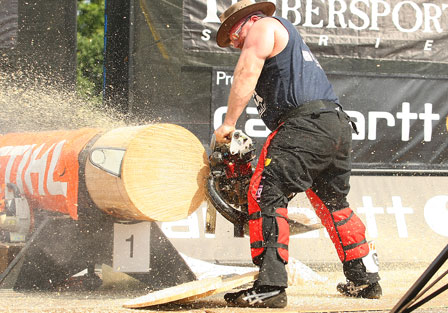
Working the hotsaw at the 2009 finals.

